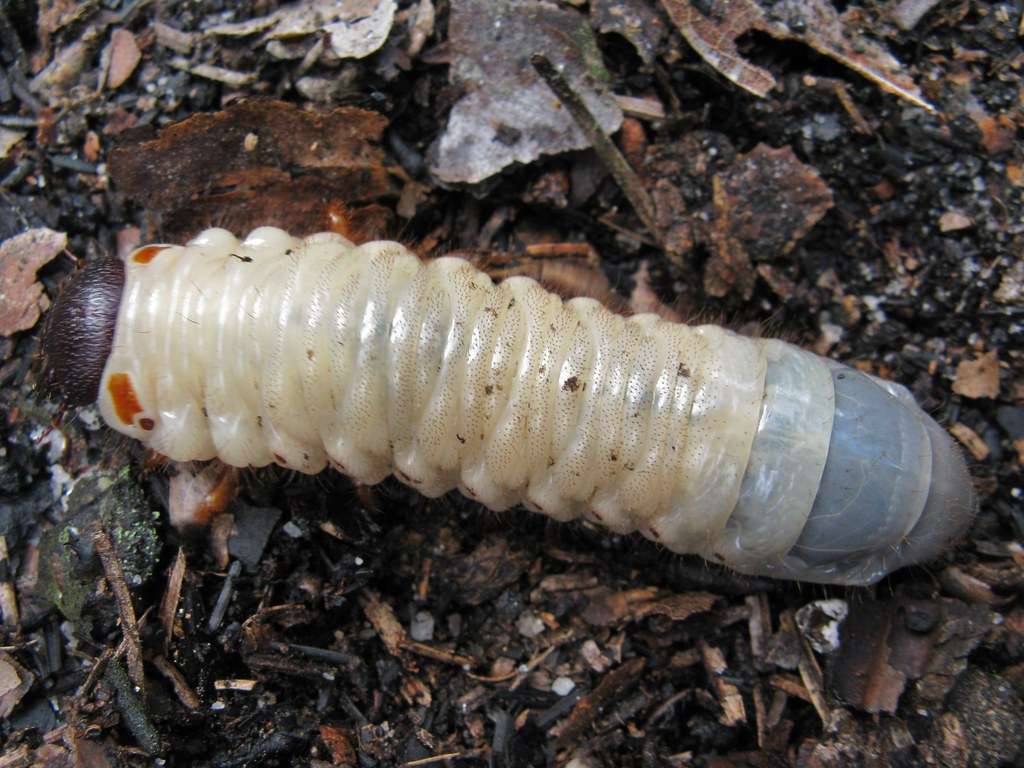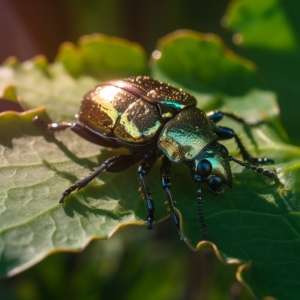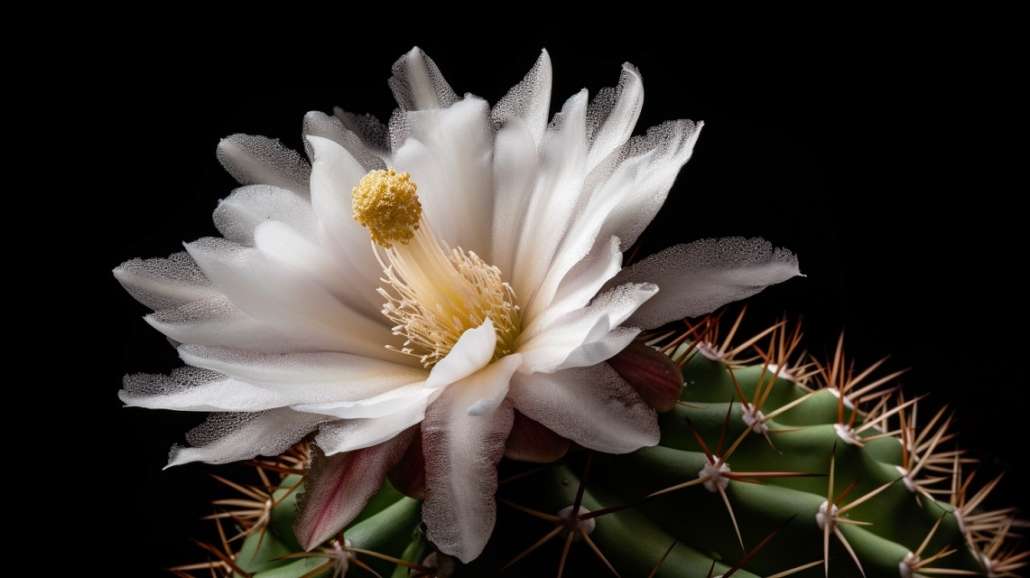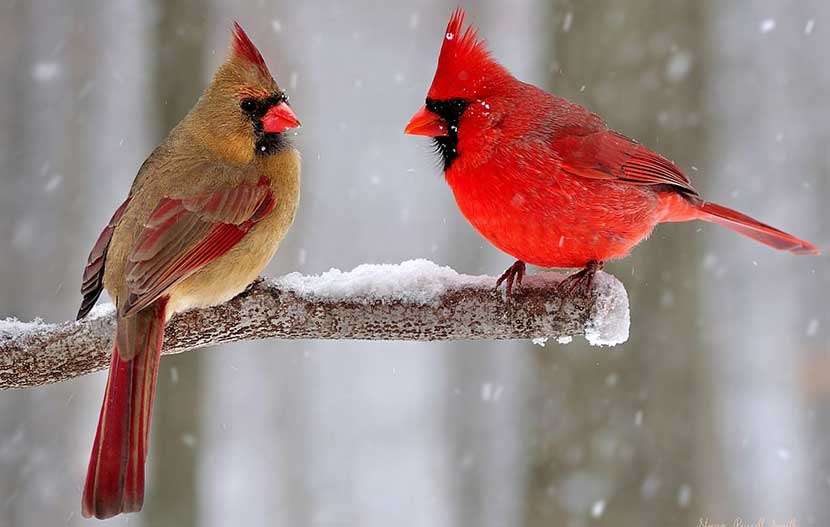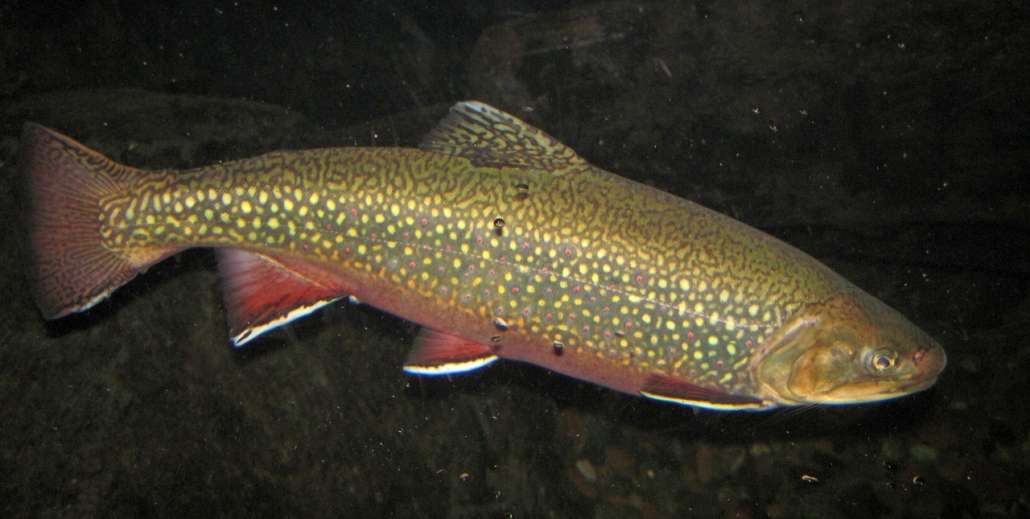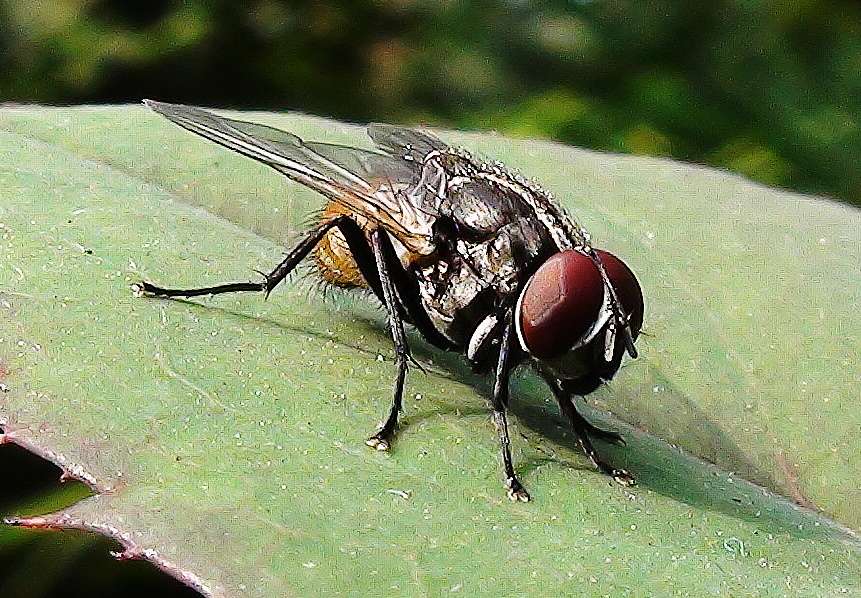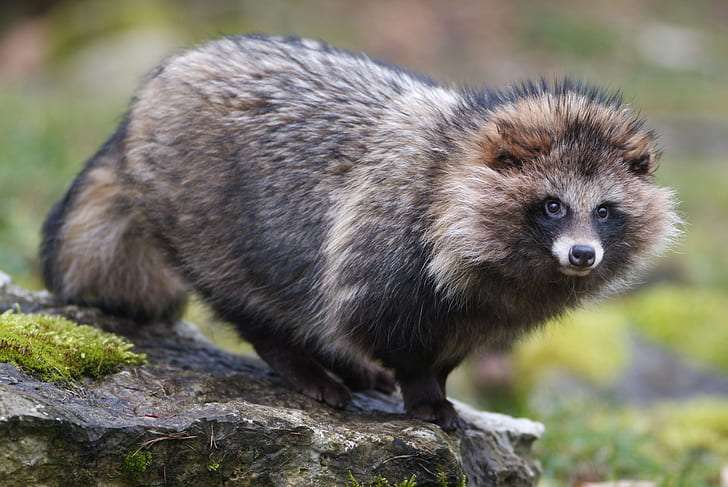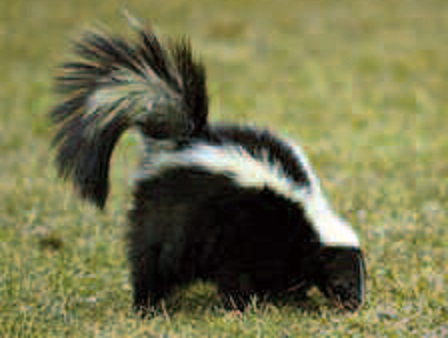SCORES & OUTDOORS: Are we having an epidemic of grubs?
 by Roland D. Hallee
by Roland D. Hallee
Question of the week, it seems, is this: Are we having an epidemic of grubs?
I’ve been asked that question many times in the past week. It seems folks in our area are seeing an increase in grub activity in the lawns.
What are grubs and what makes them appear in your lawn?
Grubs are the larvae of Japanese beetles. These larvae are the white grubs that devour lawns. Their bodies are c-shaped with brown heads, visible legs and are approximately 1/8 to one inch in length. During their larval stage, they live beneath the surface. Fully grown Japanese beetles are about 1/3 to 1/2 inch in length with a metallic-green body and head copper-colored wing covers. White hair covers the sides and tips of their abdomens.
Adult Japanese beetles get nice and cozy underground over winter. When spring comes, their larvae instinctually move closer to the surface of the soil so they can nourish themselves on the roots of turfgrass. Once they grow into adult beetles, they emerge in mid-summer and feed on the leaves of grass. Unfortunately, their activity causes the grass to create an odor that attracts more hungry beetles. This is why it’s so important to contact a lawn care service if you suspect you have grubs. It won’t take long before you have a full infestation. Catching them before the adults lay eggs, or these eggs hatch breaks up the cycle. Female Japanese beetles can lay as many as 60 eggs throughout their breeding season in late July and August. The eggs will hatch, and grubs dig deeper into the soil to wait for spring, where the cycle starts over again.
Grubs are a staple food in the diets of birds, possums, raccoons, and skunks. If you notice more of these species than usual, it could be a sign of grub activity. These animals will dig up the turfgrass to get to the grubs just beneath the surface.
As grubs chew on the roots of the grass, the blades above the surface will start to brown, wilt, and die off, creating undesirable dead or brown patches in your lawn. Keep in mind that grub damage often has multiple symptoms, so don’t assume you’ve got grubs if the only thing you notice is brown grass. Brown spots in a lawn could be a type of lawn disease. If, however, you see dead grass in conjunction with the other signs, it could be time to consider grub treatment.
As grubs munch their way through a lawn, it can create uneven terrain. They may also create spongy grass that feels like you’re walking on a yoga mat. Grub activity can also cause your grass to become so loose; it can be rolled back like a sod roll.
Grub populations are also normally controlled by various kinds of birds living in or near home landscapes where there is a diversity of plants and wildlife to support them. Yards that are not visited regularly by songbirds have more grubs and plants suffer greater damage than yards where various kinds of birds systematically inspect the soil for grubs and attack adult beetles before they can lay more eggs in the soil.
Also, grubs are more prevalent in yards where there has been frequent routine or preventative use of broad-spectrum insecticides. These products kill bad and good insects indiscriminately, so nature’s first line of defense–the beneficial insects–is eliminated along with the pest insects. Because pest populations rebound faster than those of their natural enemies, the beetles can reestablish themselves unmolested and begin to lay more eggs unchecked.
How To Get Rid Of Grubs
Like all insects, it’s impossible to eradicate the population. Having some grubs on your lawn does not mean the end of the world. However, ten or more per square foot is when you’ll start to notice the damage. There are several ways of implementing do-it-yourself pest control.
Keep your lawn well-nourished with nitrogen fertilizer, as well as phosphorous and potassium. These are the three key ingredients to a healthy lawn.
Keep the mower height between two and three inches. This promotes a healthy root system, which is less prone to grub infestation.
Treat dead or dying areas with an overseeding application to restore damaged areas, and discourage more beetles from attacking the already stressed grass.
Sometimes, the infestation is more than one person can handle. Don’t wait until greedy little grubs fully take over your lawn. Occasionally contacting a professional grub control service is the most efficient means of eradicating grubs.
Grubs not only can raise havoc on a lawn, they also be a nuisance once they mature into a full-scale Japanese beetle population you have to put up with during the summer months.
Roland’s trivia question of the week:
Who was the last Boston Red Sox player to win the AL Rookie of the Year Award?


